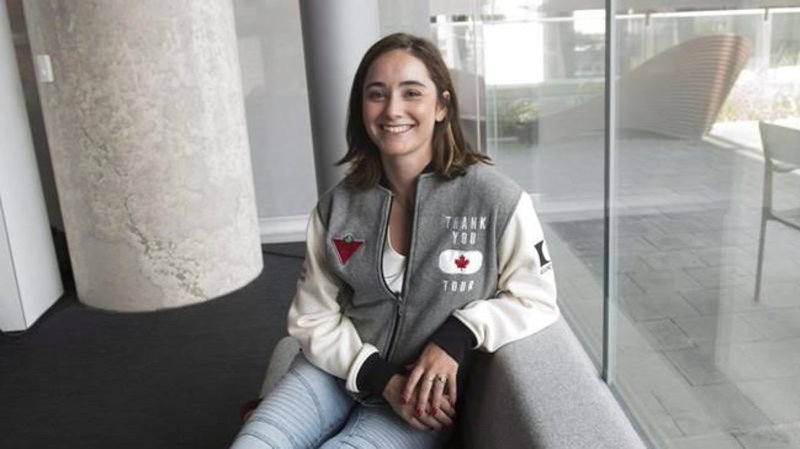
Many high-level athletes struggle with ‘unravelling of identity’ in retirement
Kaetlyn Osmond has been like a boat adrift at sea.
Four years after retiring from competition, the world figure skating champion says she’s just now starting to find her feet as a former athlete.
“Definitely more difficult than expected,” Osmond said. “Mentally, retirement is difficult because you lose a large part of your identity you’ve had your whole life.”
The past few weeks have seen several high-profile athletes retire. Serena Williams announced she is “evolving away from tennis.” WNBA legend Sue Bird retired after 21 years in the league. And Roger Federer announced his retirement on Thursday, saying the Laver Cup, Sept. 23-25 in London will be his final tournament.

